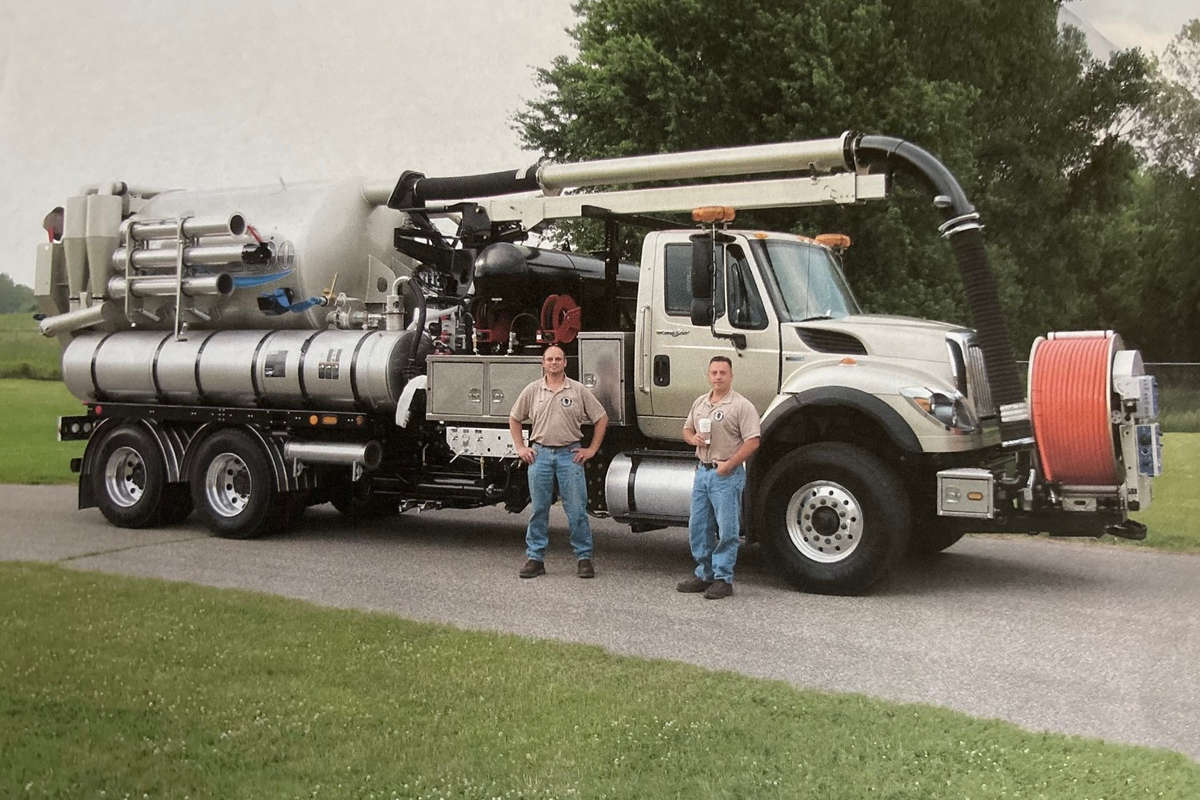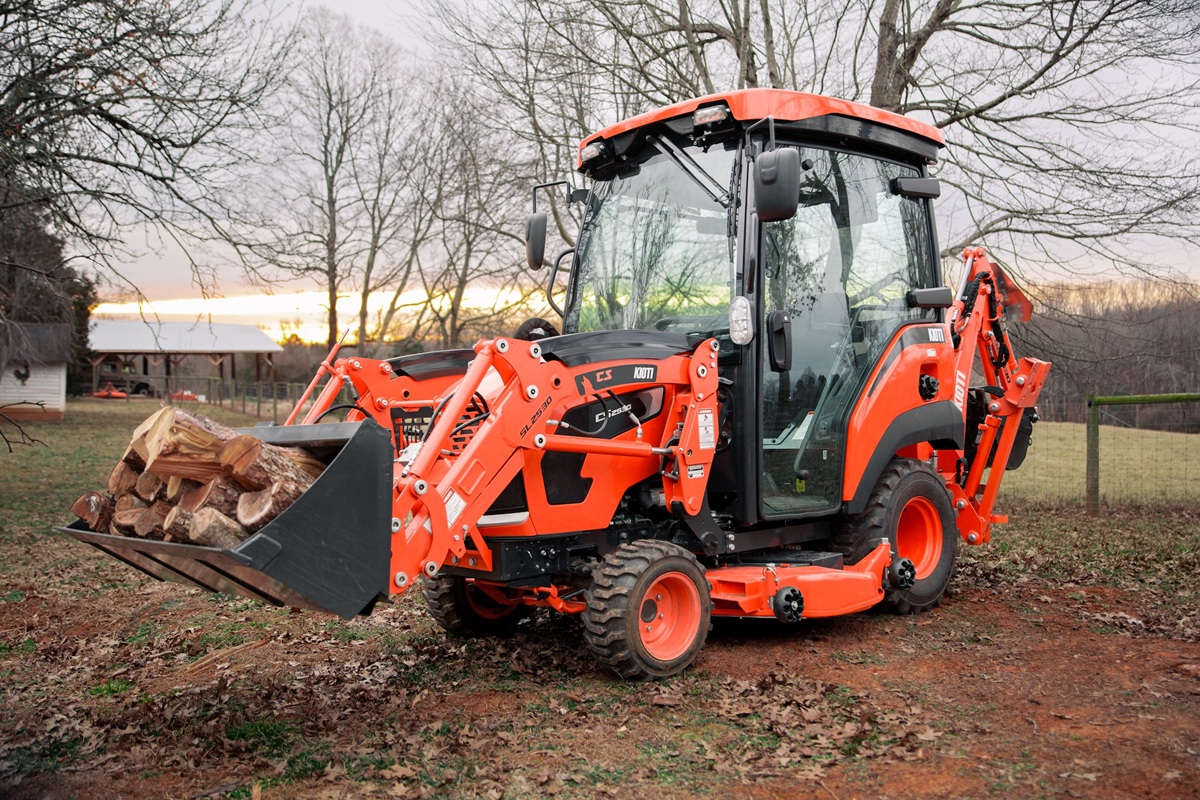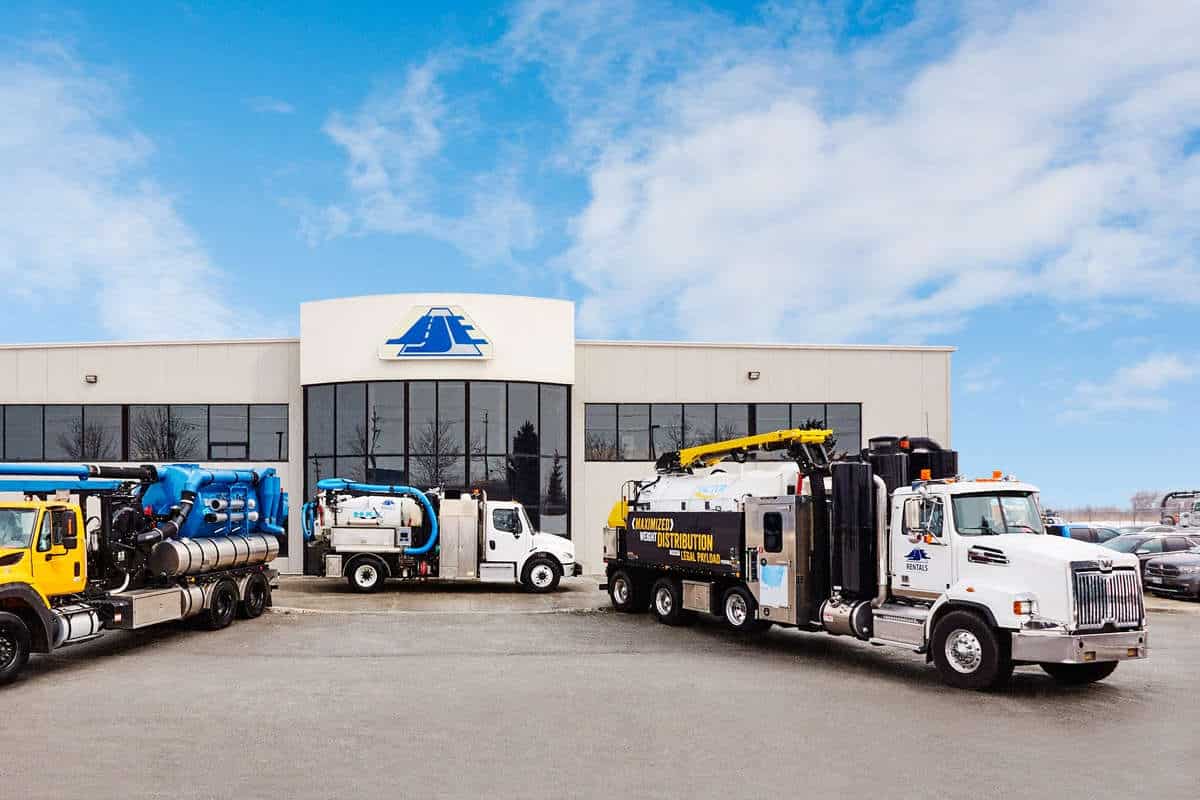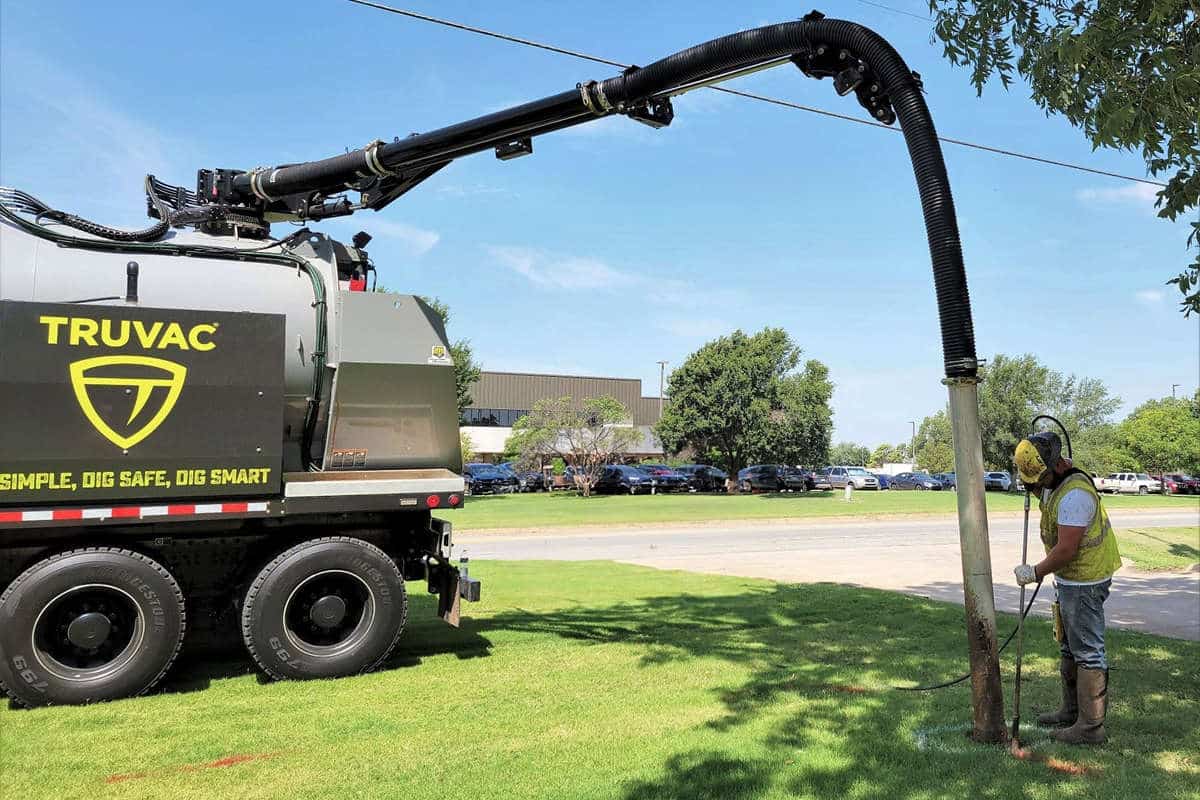Cat D6 XE: Redefining Dozers
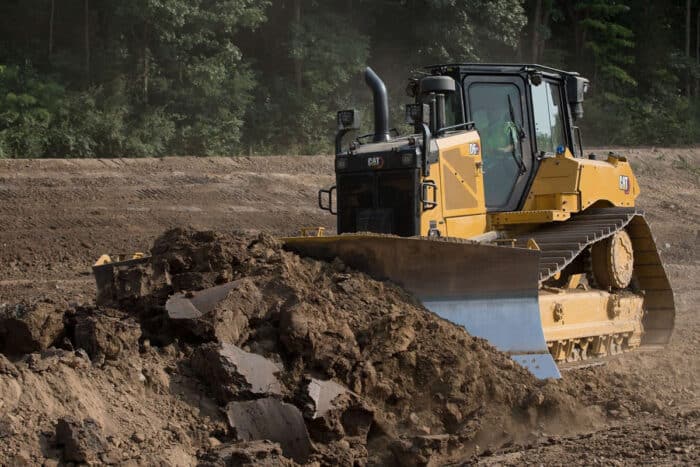
The Cat D6 XE dozer, introduced in 2019, represents Caterpillar’s second generation of electric drive dozers. Building on the company’s earlier D7E model, the D6 XE incorporates a number of technical and design improvements based on Caterpillar’s experience from the first generation. With 15-plus years of electric drive experience, and a proven track record with the D6 XE, Utility Contractor sat down with Caterpillar’s Sam Meeker, a dozer expert with broad experience across his 25-year-plus career with the company, to reflect on the benefits of electric drives, lessons learned and the direction of the market.
Since its release, the D6 XE has been a popular addition to the lineup of Cat dozers. “We have a lot of really good customer feedback. Operators love the machine. The productivity, the efficiency and just the feel of it is what drives customers to it,” Meeker says.
Background and Development
Caterpillar’s move into electric drive technology for dozers began with the D7E, launched in 2009. The D7E used a permanent magnet motor system and was produced until 2019, when it was replaced by the D6 XE – the world’s first high drive electric drive dozer. The D6 XE is considered a second-generation electric drive dozer, designed to improve efficiency, maintenance, and component longevity.
“We took all the lessons that we learned on the D7E and applied them to the D6 XE. The result has been improved efficiency of operation and maintenance, and increased longevity of components,” Meeker says.
One of the defining characteristics of the D6 XE is, of course, the electric drive system. This system eliminates the traditional transmission and torque converter found in power shift dozers. Instead, the engine is directly connected to a generator. The electricity produced by the generator flows through an inverter and then powers a single electric drive motor that powers the tracks. The system incorporates Caterpillar’s differential steering, a feature the company has offered since the 1980s, which splits power between the left and right tracks and allows for precise control and efficiency during turns.
Benefits of Electric Drive Dozers
According to Meeker, the D6 XE offers many advantages over traditional power shift models, notably:
- Fuel Efficiency: Depending on the work cycle and the machine being replaced, the D6 XE can use up to 35% less fuel than its predecessor. This reduction is significant for operations where fuel costs are a major consideration.
- Maintenance and Rebuild Costs: The electric drive system has up to 90% fewer moving parts than a conventional transmission. This reduction in complexity can lower long-term rebuild costs, with Meeker estimating savings of about one dollar per hour of operation compared to traditional systems.
- Productivity: The electric drive delivers more torque, particularly in demanding conditions such as second-gear pushes. This can result in faster material movement and improved overall productivity.
D6 XE Technical Improvements
Several technical updates distinguish the D6 XE from the earlier D7E:
- Switched Reluctance Motor and Generator: The D6 XE uses switched reluctance technology, which is more efficient and compact than the permanent magnet system used in the D7E. This change reduces heat generation and the need for cooling, further increasing efficiency.
- Component Longevity: Bearings in the generator and motor are designed to last as long as the engine, typically between 12,000 and 15,000 hours. This allows for synchronized maintenance schedules and minimizes downtime.
- Simplified Design: The D6 XE uses a single, more powerful motor instead of the D7E’s dual-motor setup. The inverter system has also been streamlined, reducing the number of electronic control modules and making it more serviceable.
- Conventional Accessory Drives: Unlike the D7E, which featured electric-driven accessories such as the water pump and air conditioner compressor, the D6 XE returns to belt-driven systems. This change improves parts availability, serviceability and compatibility across the lineup.
In addition, the D6 XE is designed to integrate easily into existing fleets. Filters and fluids are standardized with other D6 models, and service intervals for fluids and filters have been extended. These changes are intended to simplify maintenance and reduce the need for specialized parts or procedures.
Since its introduction, the D6 XE has maintained a strong demand, particularly among owner-operators, Meeker says. Caterpillar continues to update the D6 XE and related models, including recent changes to the emissions system for improved reliability and maintenance. The company is also exploring further technological advancements for future generations of electric drive dozers.
“We’re always looking at new technologies and where we can take the XE,” Meeker says. “We know that operators love the D6 XE, but we’re constantly looking at ways we can improve upon it and provide more value to our customers.”
Conclusion
The Cat D6 XE dozer reflects Caterpillar’s ongoing efforts to improve efficiency, productivity, and serviceability in heavy equipment. By adopting electric drive technology and refining it based on real-world experience, the company has produced a machine that addresses many of the operational and maintenance challenges faced by dozer owners and operators. The D6 XE’s reception in the market and continued development indicate that electric drive systems are likely to play an increasingly important role in the future of earthmoving equipment. Tags: Caterpillar

